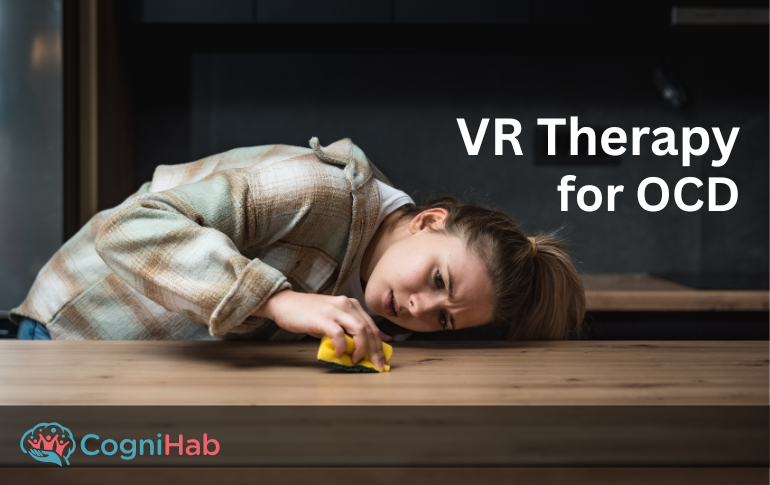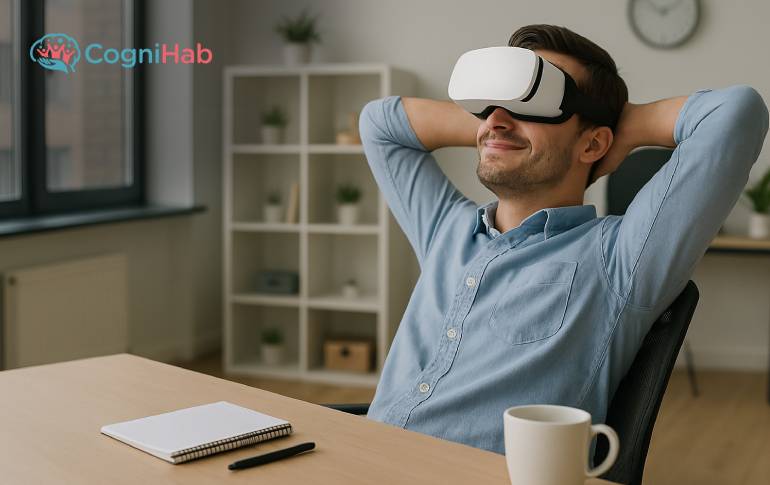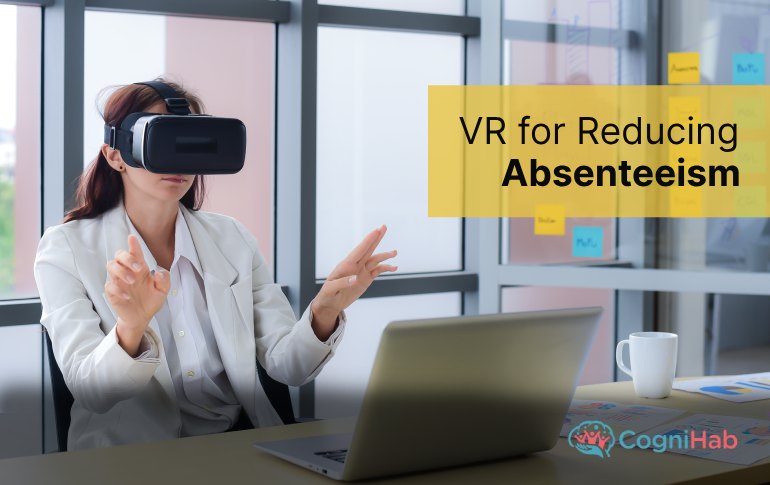Is Virtual Reality Rehabilitation Helpful in Arthritis?
As age progresses, there are plenty of health diseases affects human bodies. Arthritis is one of them. Arthritis is a joint disease that affects many people. Arthritis is a disease in which one or more of your joints swell and become inflamed. The most frequent symptoms of arthritis are joint pain and stiffness, which often worsen with age.
• The number of diagnosed prevalent cases of rheumatoid arthritis (RA) is predicted to rise by 1.06 percent annually from 4.6 million in 2019 to 5.1 million in 2029, according to GlobalData.
• The rheumatoid arthritis (RA) market is predicted to increase at a compound annual growth rate (CAGR) of 1.0 percent from $26.2 billion in 2019 to $29.1 billion in 2029.
It could be a single joint or a group of joints. Around 100 different types of arthritis exist, each with its own set of causes and therapies. Osteoarthritis and rheumatoid arthritis are the two most frequent kinds of arthritis.
The following are some possible causes:
• As a result of the damage, degenerative arthritis develops.
• Any Genetic disorder
• Gout and pseudogout can be caused by an aberrant metabolism.
• Any kind of immune system dysfunction
• Any infection such as Lyme disease arthritis,
Being healthy is important in Arthritis
People with arthritis can preserve their overall health by eating a healthy, balanced diet and exercising regularly. Being active and self-management is very much important for an arthritis patient.
On their own or with the company, people with arthritis can engage in joint-friendly physical activities. Because many people with arthritis also have other conditions, such as heart disease, it's critical to choose appropriate activities.
Virtual Reality Rehabilitation and Exercise
Patients with musculoskeletal issues, stroke-induced paralysis, and cognitive deficiencies can benefit from virtual reality as an adjunct to traditional therapy. "VR-augmented rehabilitation" is the name given to this method.
For orthopaedic patients in the chronic stage of the condition, virtual reality-assisted rehabilitation is very useful.
Different VR software can be used to produce various types of VR experiences. Some programmes, for example, can immerse patients in a meditative mindfulness VR experience. Some individuals with chronic pain have been proven to benefit psychologically from mindfulness meditation activities in non-VR settings.
Benefits of VR rehabilitation
When it comes to the rehabilitation of patients with a variety of illnesses, virtual reality has a lot of advantages. Patient motivation, adaptability and variability dependent on the patient baseline, transparent data storage, and online remote data access are just a few of the benefits.
Arthritis gradually reduces a patient's independence, mobility, and social participation, lowering their overall quality of life. Virtual reality offers a wide range of rehabilitation and exercise programs that are vr effective in orthopedic rehabilitation in nature.
Virtual reality is a scientifically validated mind-body treatment. It not only helps to distract the mind from pain, but it also helps to prevent pain signals from reaching the brain, making it a drug-free alternative to typical pain relief.
VR-induced exercise is more effective because it engages more with making life a fun element rather than a boring therapy session.
Conclusion
Many studies have shown that VR intervention improves functional capacity, muscle strength, range of motion, and quality of life in patients with various rehabilitation goals, particularly pain-management.
Cognihab created many relevant suites that best-fit for different medical conditions, such as vision therapy, autism, cerebral palsy, cancer rehabilitation etc. To know more about our product visit our website cognihab.com







